The front drum brakes of the 100-Sixes were replaced by Girling 11” disc brakes on the 3000 in March 1959. Rear brakes were 11” Girling drums that were also controlled by a handbrake lever located on the right side of the gearbox tunnel
Brake Modifications
The most significant modification I made to the braking of the 1960 MKI was the conversion of the rear drum brakes to disc brakes. This was accomplished with a kit based on Jaguar calipers coupled with mini-handbrake calipers sourced from Cape International. New rods to connect to the balance lever are supplied so that the handbrake functions as original. This is a pdf file of the instructions provided by Cape International.Cape Int Disc Brake Conversion 1
Aeroquip Braided Stainless Steel Hoses
Original-style rubber brakes hoses were replaced with stainless braided hoses also sourced from Cape International.
Drilled Front Brake Rotors
While standard rebuilt calipers were used in the front, the rotors were replaced with drilled rotors supplied by Cape International.
Speed Bleeders
I utilized the new technology for brake bleeders, Speed Bleeders. These bleeders have a small stainless ball in them that close off the release of brake fluid, making the process of brake bleeding much easier.
Recent production of the hydraulic brake switch has not produced a reliable switch. A remedy to the situation is to use a mechanical brake switch first developed by hot rodders. I sourced the switch I used from Watson’s Street Works. A description is provided in this Watsons mechanical brake switch.
Brake Reservoir Canister Gasket
Other Healey restorers had noted that if overfilled, hydraulic fluid could slosh out of the vent hole in the reservoir cap and ruin the paint. Ever resourceful contributors to the British Car Forum discovered that a simple little gasket available in most auto parts stores fit perfectly in the reservoir cap, thereby solving the problem. I used one of the se “HELP” gaskets, #42072 in the Bloody Beast.
zz

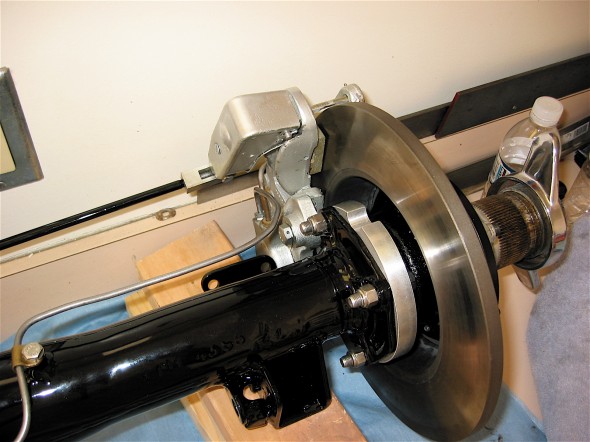
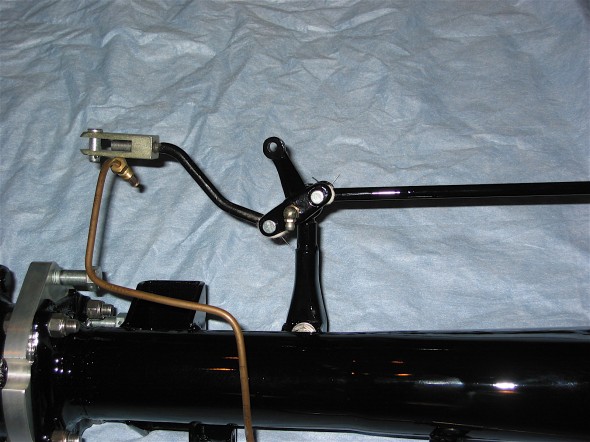
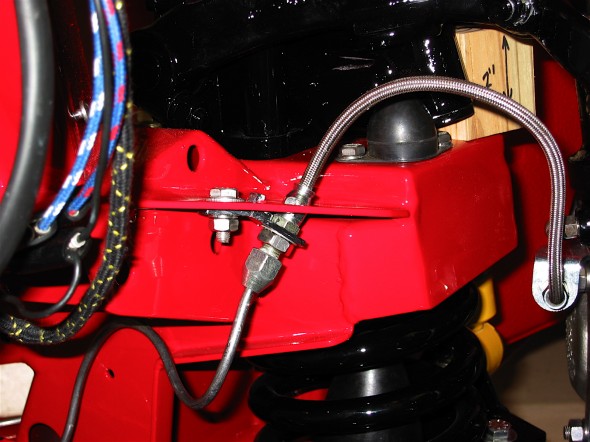
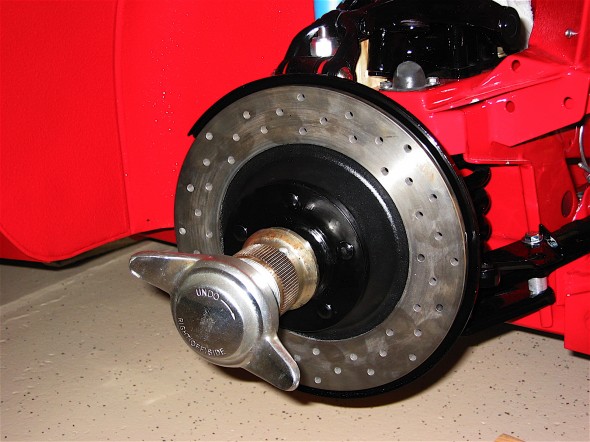
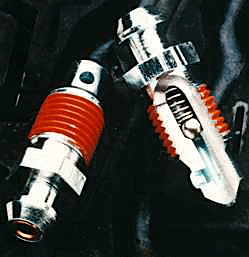
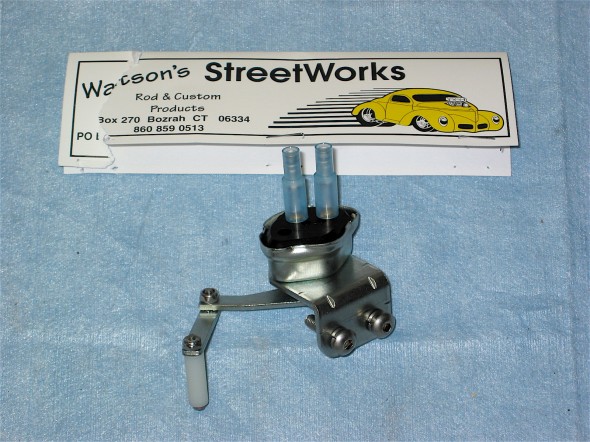
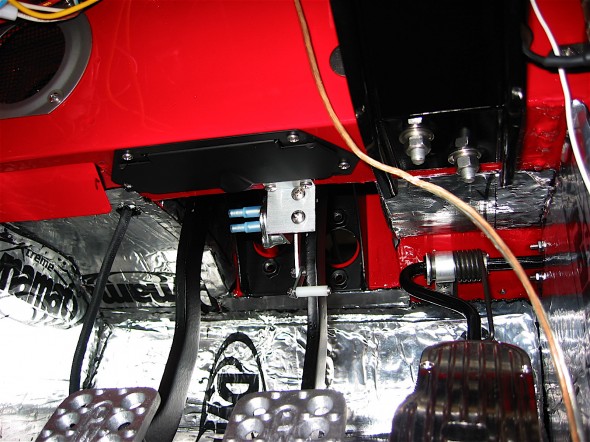
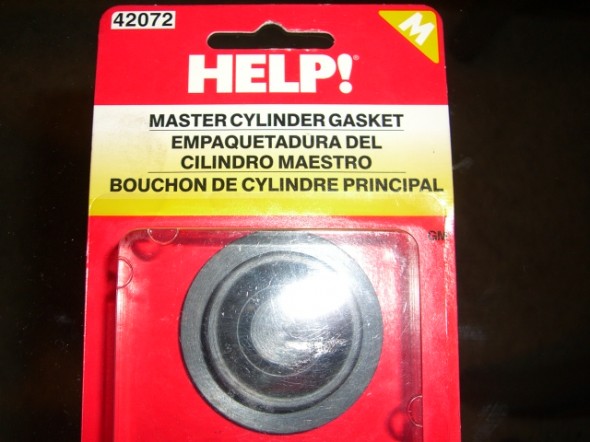
Hi, this looks really great work!
I have a 100/6, last of the Longbridge cars and want to make it a quick rally car and am really interested how you actually fitted the brake discs? Were special hubs made or an existing part from a different car utilised? Also the spacer and caliper brackets were they self fabricated? I would love any info you are willing to share.
I want my car to look and be as original as possible but to upgrade the engine, suspension, steering and brakes to make it really fun to drive.
Kind regards
Stuart
Hello,Stuart. Thanks for your comment. I am away on vacation right now. I can respond to your question next week, but I will tell you that while the rear disc brakes are a neat novelty and they always get some comments at shows, I don’t know that I would do it again. To be frank, I cannot tell a great deal of difference between the original drum brakes and the discs. My kit came from Cape International and it was not plug and play.
Lin
Hello
I am in the UK. Over the last 30 odd years I many of this type of rear disc coversion. I think it was first made by Denis Welch, in the 1980’s. The disc (rotor) and the caliper bracket are special. The caliper is from a Jaguar XJ6.
The only serious problem is too much braking at the rear. The XJ6, weighing,
with all its passengers and luggage, nearly two tons, and having a top speed equal to the AH3000, had strong rear brakes.
So you have to find a way to reduce the rear line pressure to avoid premature rear wheel lock up.
Regards Nick.
Hi Nick, I anticipated that I would need to install a balance valve in my system after installation, but at least in my case the brakes are fine after nine years of use. However, I agree completely. Balance needs to be checked. Lin